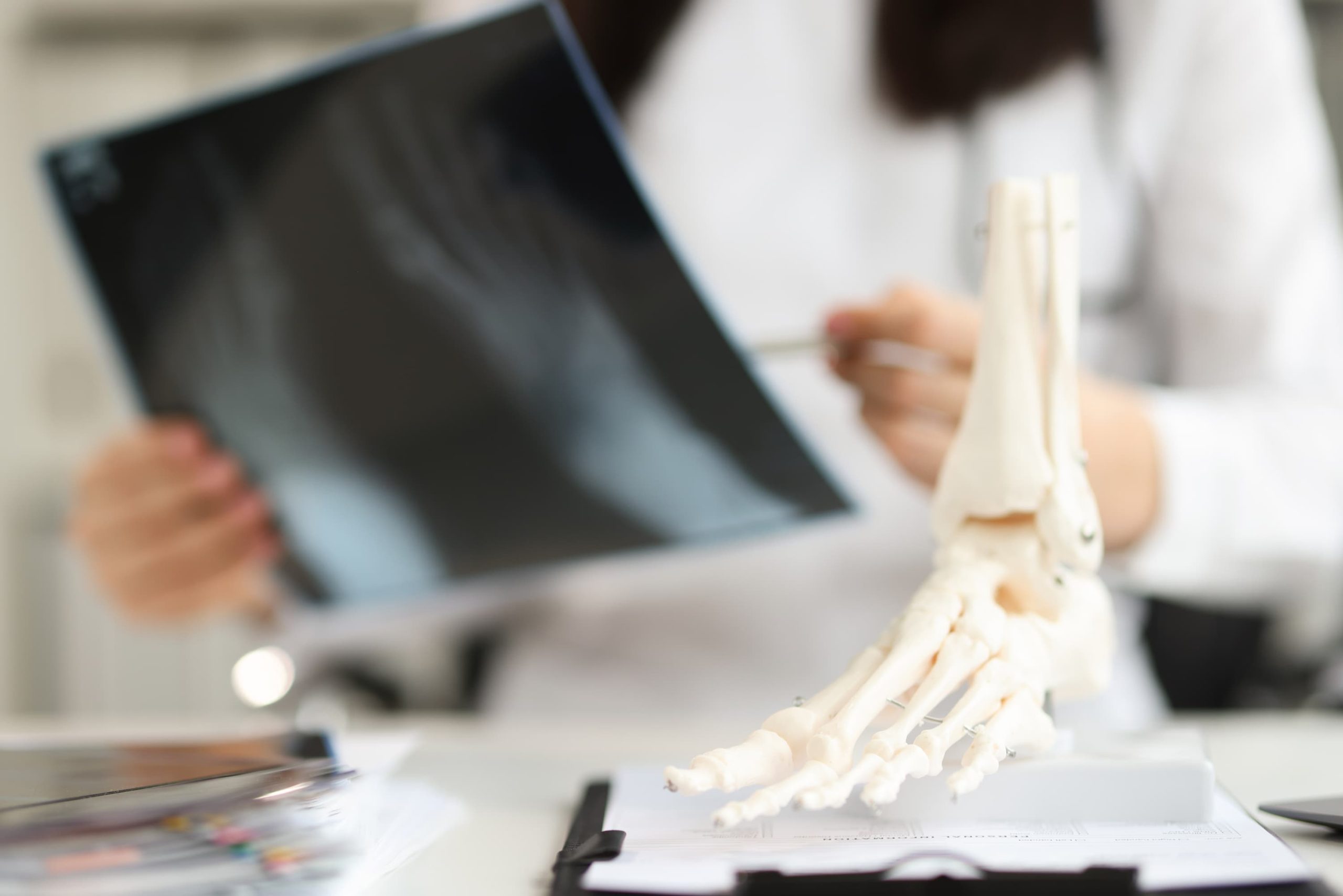How safe are X-rays?
Understanding X-ray examinations and putting radiation in perspective

How safe are X-rays?
Posted on Mon Dec 11, 2023
Naturally, there will always be questions about radiation exposure when it comes to medical imaging. Imaging has revolutionized diagnosis and treatment, almost eliminating the need for once-common exploratory surgeries and many other invasive and potentially risky procedures. But how safe are X-rays?
Benefit versus risk
X-ray examinations are prescribed by your referring clinician, based on your clinical needs. The doctor who requests the X-ray will always weigh up the benefit of having an X-ray examination versus the risk of not having that examination. These examinations are only performed when absolutely necessary.
X-ray equipment and their safety
Images are formed by passing an X-ray beam through some section of your body such as bones, chest or teeth and are recorded either on film or some form of digital media. Most radiography examinations involve small amounts of radiation (see table below).
All X-ray equipment is constantly being improved and updated. It has become more sensitive over the years and this ensures that radiation doses are kept to the minimum necessary to achieve a diagnostic result. The X-ray equipment in our centre at Oryon is subject to annual, independent safety tests. It is maintained regularly by the manufacturer and our team undertake their own programme of quality control. All of these steps are national requirements in the interests of patient and staff safety.
Radiation dose
Some of the energy in the X-ray beam is absorbed in the body during examinations. This is called the radiation dose. X-ray examinations involve such low doses that these doses are stated in milliSievert (mSv) – one thousandth of a Sievert.
National standards
The use of X-rays is subject to both national regulations and our centre rules. An indication of the dose is recorded for every X-ray examination and these are routinely audited against national and local reference levels.
Adult doses and risk with age
National studies have enabled average doses for adults for different examinations to be estimated as shown in the table below. Doses are expressed in units of milliSievert and also in terms of the equivalent number of years of background radiation. This helps to put the dose you receive from your X-ray examination into context. Radiation-induced cancers typically take many years to develop, so risks are slightly lower for older patients than they are for children and unborn babies. Special precautions are taken with females where there is a possibility of pregnancy and where the womb is near the beam of radiation. If the examination is considered to be necessary, then the risk to health from not performing it is likely to be much greater than the risk from the radiation itself.
Background radiation
Background radiation comes from the sun, the food we eat, building materials and natural surroundings like earth and rocks. The dose varies in different parts of the United Kingdom. For example, the background radiation dose in London is about 2mSv per year, whereas in Cornwall, the dose is about 7msv per year on average. A patient who undergoes a relatively complex examination, such as an intravenous urogram (a test that looks at the whole of your urinary system), receives a radiation dose equivalent to the extra dose they would receive if they moved from London to live in Cornwall for six months.
Typical doses for adults from diagnostic X-ray examinations

A simpler examination, such as a chest X-ray, would involve a much smaller dose of radiation equivalent to about 4 days of average background radiation.
There is a possibility that an X-ray examination can induce cancer. However, low-dose examinations present a risk of only about 1 in 1,000,000. According to Cancer Research UK, nearly 1 in 2 people will be diagnosed with some form of cancer during their lifetime. Taking this into account, we can see that the risks from these examinations (even high-dose procedures like CT, which can be 1 in 1000 risk) are very small compared to the natural risk of the disease.
We hope you find this information useful. If you would like any additional information or have any concerns, please do not hesitate to call or email us and we’ll be happy to help.
Looking for a quick, affordable X-ray scan today? Our scans start from £70, with walk-ins appointments available Monday to Friday, 10am-6pm.
Share this article
Most Recent
The Most Common Tennis Injuries
Posted on Mon Jul 14, 2025
Do I Need A Referral For An MRI Scan?
Posted on Mon Jul 14, 2025
Posted on Mon Jul 14, 2025
Stay up to date
If you’re interested in keeping up with what we’re doing, just leave your email address here and we’ll send you periodic newsletters and other updates.




